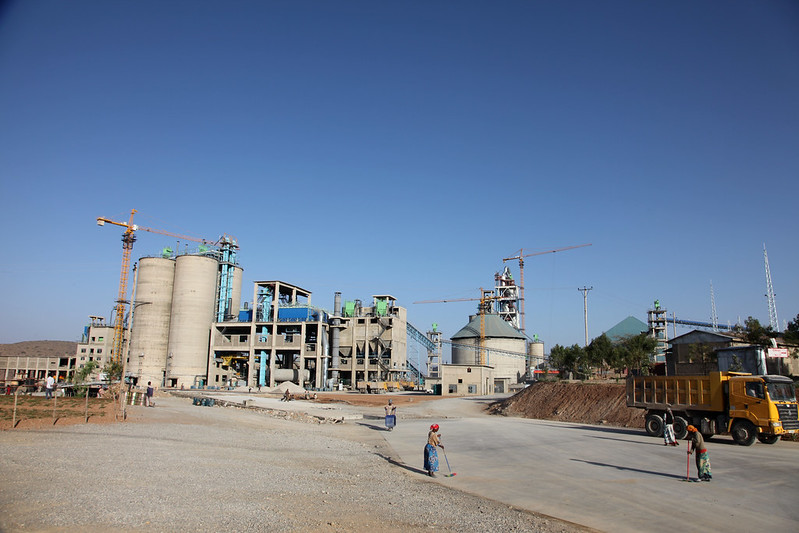The new US International Development Finance Corporation (DFC), the successor to the Overseas Private Investment Corporation, will be a major player in global development finance. And unlike OPIC, it will be explicitly targeted at low- and lower-middle-income countries. This targeting is great, but investing in poorer economies has proven complex for all development finance institutions. DFC may well find itself in (unfair) competition with those other institutions over deals—and it will need both international agreement on the use of subsidies and far greater capacity to build a pipeline of projects if it is to deliver on its promise. In a new paper I lay out some of the challenges DFC may face and the policy responses to ensure it can deliver on its mandate.
Using an extensive list of development finance institutions, Dan Runde at CSIS estimates total global commitments in support of private investments have climbed from around $12 billion in 2000 to $87 billion in 2017. This growth is likely to continue, especially in poorer countries. A back of the envelope calculation suggests the total low- and lower-middle-income country portfolio from development finance institutions may grow to $146 billion, up from $67 billion today—more than doubling the portfolio size.
However poorer economies are not favorable to the standard development finance institution operating model, making it hard to find investment opportunities. Their private sectors are dominated by small, informal firms that rely on internal sources or personal networks for funding, while development finance institutions need large, formal, well audited firms that use capital markets as primary clients. To quote the mid-term review of the World Bank Group’s Private Sector Window, which provides subsidized finance to private sector deals in lower-income economies, “deal origination in… eligible markets does not come easy.” The Overseas Development Institute’s Sam Attridge and Lars Engen estimate that $1 of public investment in the private sector as a whole mobilizes just $0.37 of private investment in low-income countries, and $1.06 in lower-middle-income economies. The fact that public sources fund the majority of project costs suggests that suitable project sponsors have a limited appetite for operating in these countries, despite considerable donor support for project preparation and technical assistance.
A number of development finance institutions, including the World Bank Group’s private sector arm, have suggested that they cannot ramp up investment in lower-income economies without the ability to subsidize investments. And an increasing amount of development finance to the private sector in poorer countries is offered at below-market rates. These subsidies may sometimes allow development finance institutions to finance projects that would not happen without them, however subsidies that use the standard model of bespoke negotiations with individual, unsolicited project sponsors also increase the risk of crowding out other development finance institutions which do not subsidize finance–such as DFC.
In order to avoid competition on the basis of subsidy–which will reduce the development impact of the development finance as a whole and disadvantage DFIs such as the DFC–the DFC and its backers in the US Treasury and USAID should work with other development finance institutions to put into place strict rules on the use of subsidies. These rules should alter the financial terms, perhaps building on the model of negotiations carried out by export credit agencies under the OECD.
In addition, the new DFC needs the capacity to find and finance high-impact deals in difficult markets: in addition to the tools provided by the BUILD Act including equity authority, the agency needs the staff and budget to actively build a pipeline of projects.
At the moment, OPIC’s portfolio per employee ratio is above $80 million, compared to below $20 million per staff member for the in the World Bank Group’s private sector arm, for example. A considerably bolstered administrative budget may involve reducing at least in the near term—potentially to zero—the profitability OPIC traditionally enjoyed. But that is a price worth paying to ensure DFC reaches its full potential as a major tool of US development policy.
CGD blog posts reflect the views of the authors, drawing on prior research and experience in their areas of expertise.
CGD is a nonpartisan, independent organization and does not take institutional positions.






